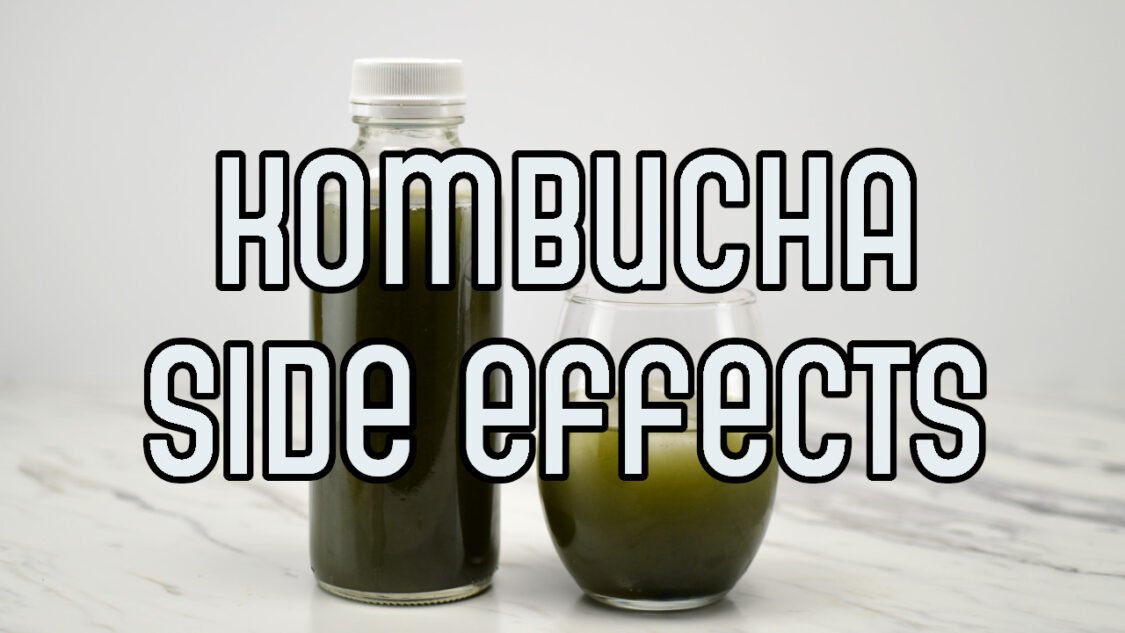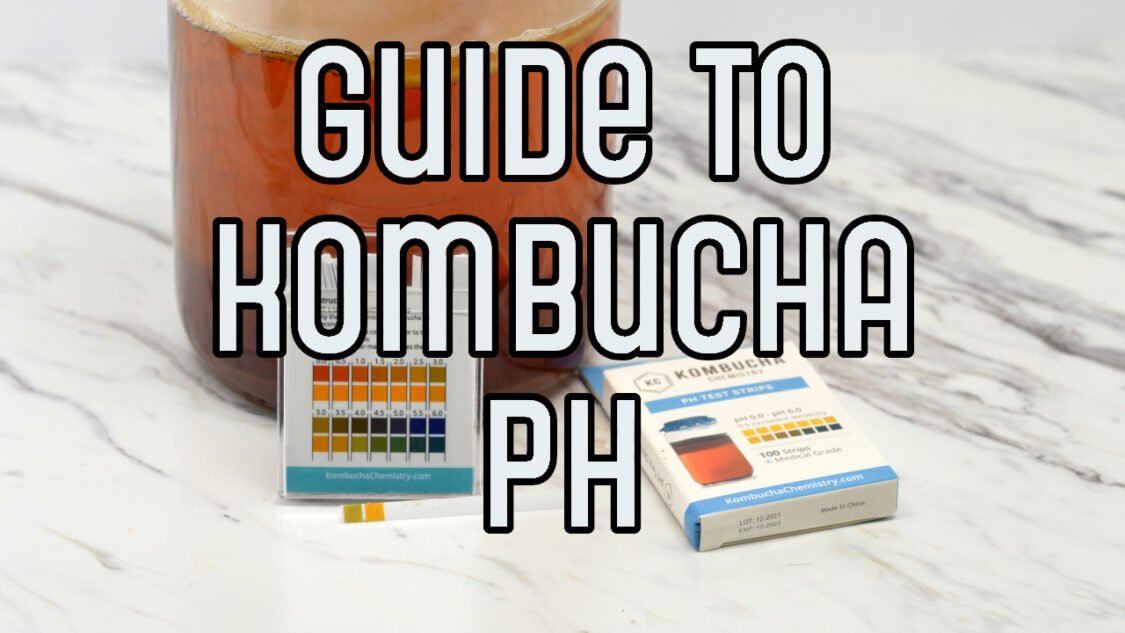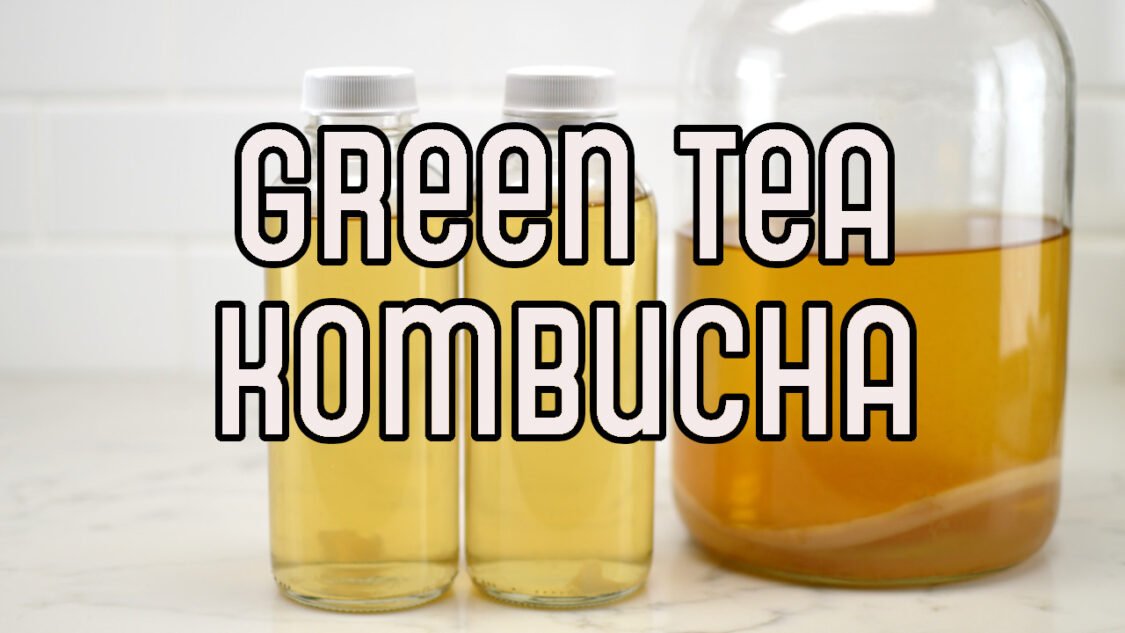Kombucha Flavoring FAQ
Addressing the most commonly asked questions about kombucha flavoring
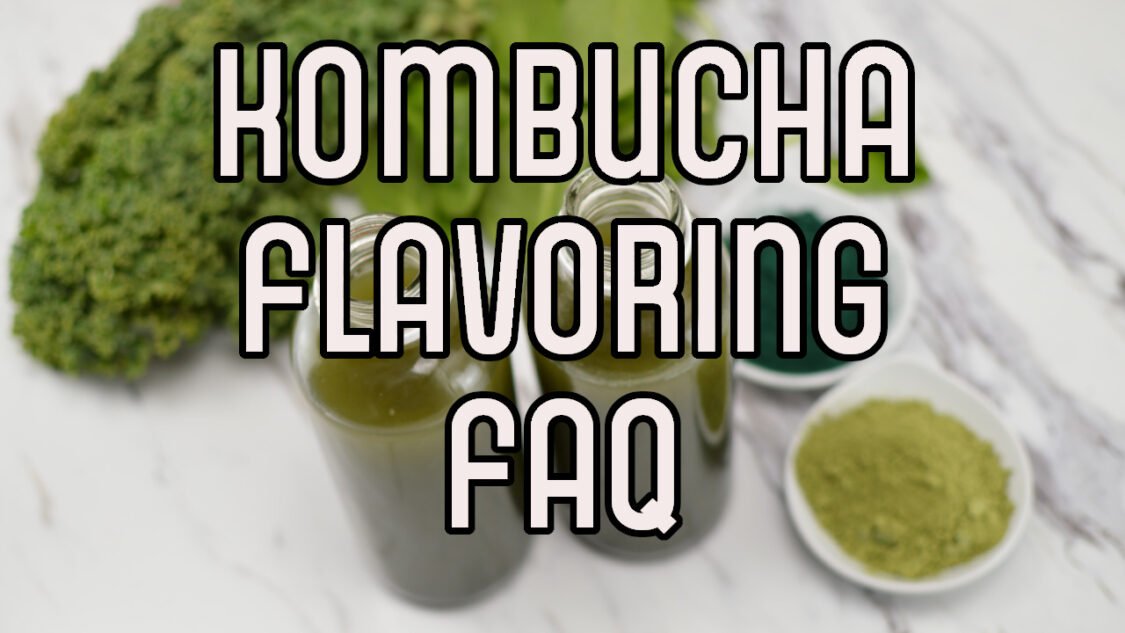
Adding flavors to kombucha is most commonly done during secondary fermentation (or 2F or second fermentation) after the primary fermentation is complete. Flavorings and sugar are added, the kombucha is placed in sealed bottles for the flavors to infuse into the kombucha and carbonation to be created.
Kombucha Flavoring Questions
Do I need to Flavor Kombucha?
No. Freshly fermented kombucha from primary without additional flavors tastes tart and slightly sweet, like a tart sparkling apple cider or ginger ale. Many people enjoy unflavored kombucha. To make unflavored kombucha, bottle it with about 1 tsp sugar (a sugar cube per bottle is perfect) and allow it to carbonate before refrigerating.
When can I flavor Kombucha?
Typically kombucha flavoring is done during secondary fermentation, after the initial kombucha has fermented to the desired taste. This method is easy and achieves excellent results. You can also add flavors during primary fermentation; however, this method risks affecting the health of your SCOBY.
For a complete breakdown of options for flavoring kombucha, check out my article on how to flavor kombucha.
How Long DO I flavor Kombucha?
I have found that 3-10 days is the right amount of time to flavor kombucha. The time varies based on the temperature (warmer is faster), amount of yeast (sediment) transferred to each bottle and temperature (warmer is faster)
What can I flavor Kombucha With?
Pretty much anything that is edible that you would enjoy drinking! Some commonly used flavoring ingredients are:
- Fresh or frozen fruit or juice
- Fresh vegetables and vegetable juice (beets anyone?)
- Herbs, fresh or dried
- Spices
- Jams, preserves and dried fruit
- Herbal teas and tisanes
- Whole cone or pellet hops
- Sugars such as honey, maple syrup, molasses
The options and combinations are endless. Part of the fun of making kombucha is coming up with new and unique flavor combinations. Experiment and take notes on the ingredients, quantities and time so that you remember what you liked and don’t like!
How Much Flavoring Should I use?
Generally, to flavor 14 cups (one gallon) (7 x 16 ounce bottles), use about
- 1 cup finely chopped or pureed fruit (10-20%)
- 1 cup fruit or vegetable juice (10%)
- 1-2 TBSP Fresh Herbs (mint, basil, thyme) chopped
- 2 tsp Spices (cinnamon, clove, cayenne, turmeric)
- 2 tablespoons honey (or sugar, maple, agave)
Breaking that down to a per-bottle amount:
- 2 TBS finely chopped or pureed fruit
- 2 TBS fruit or vegetable juice
- 1-2 tsp chopped Fresh Herbs (mint, basil, thyme)
- 1/4 tsp Spices (cinnamon, clove, cayenne, turmeric)
- 1 tsp tablespoons honey (or sugar, maple, agave)
Can I eat the Fruit After Flavoring?
Yes, you can eat the fermented fruit pieces used to flavor your kombucha. They will have taken on some acidic notes from the kombucha, not be as sweet since the yeast ate many of the sugars and the texture will be much softer.
See my article does the fruit in kombucha go bad for more information.
What if I want to adjust the sweetness?
If you find your kombucha is very tart–like vinegar–unfortunately adding sugar will just make it sweet vinegar. (see fix vinegary kombucha for more information)
The best way to control the level of sweetness of your kombucha is to monitor the primary fermentation and flavor when it is at the desired level of sweetness.
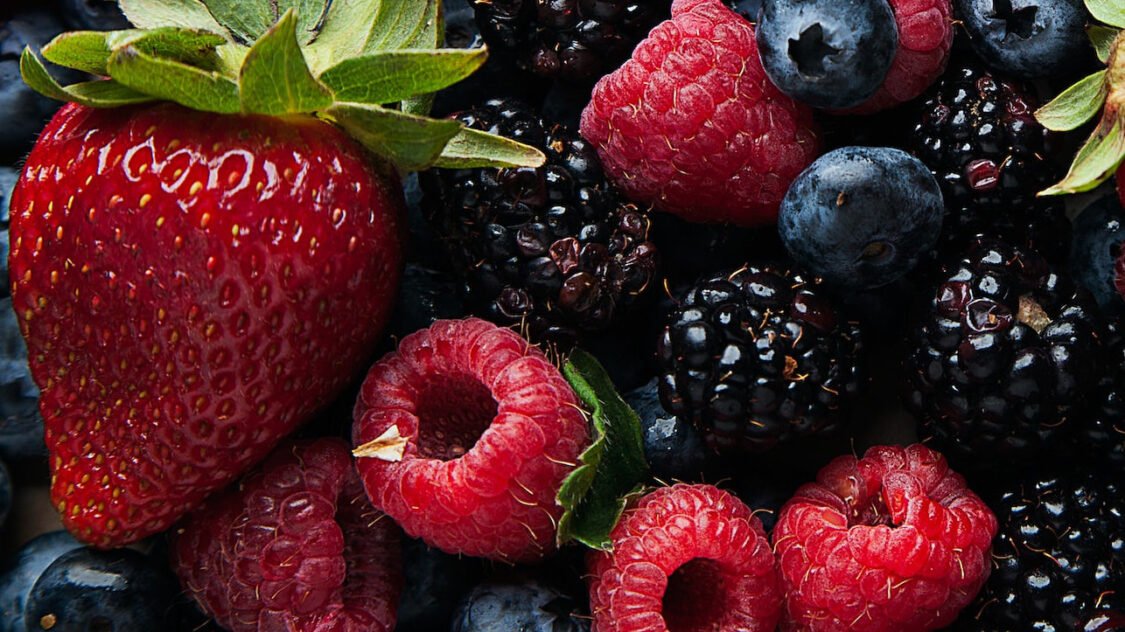
Kombucha Flavoring ingredients
Fresh fruit, purees and juices
Fresh fruit is my favorite way to add flavor to kombucha. Using fresh fruit ensure the ripest and best quality fruit which yields the best kombucha. In order to maximize the ability for the kombucha cultures to access the flavors and sugar in the fruit I like to chop, mash, puree (blend) or sometimes make a syrup with the fruit before adding it to the bottles.
Frozen Fruit
Like fresh fruit, frozen fruit is an excellent option for flavoring kombucha. Frozen fruit add the convenience of availability beyond when it is in season and the ability to store it for future batches. To use frozen fruit, let it thaw partially and chop or puree into smaller pieces to allow for more thorough incorporation.
Fresh or dried Herbs and Spices
I love using herbs in kombucha to add interesting aroma and flavors to my kombucha. (check out pineapple basil kombucha)
When using fresh herbs (preferable) it is helpful to tear or cut them to allow their aromatic and flavor compounds to be released into the kombucha.
Use caution with dried herbs as they quickly lose potency and can lead to musty off-aromas in your kombucha.
When using dried spices start with a small amount and keep notes on the amounts used and outcomes. Some spices can quickly overpower your kombucha and become the dominant flavor, for better or worse.
Dried fruit
Using dried fruit to flavor kombucha is another great option if you don’t have fresh or frozen fruit on hand. Be aware of any preservatives or chemical used when processing the fruit that could affect the kombucha cultures and slow down or prevent carbonation.
I recommend cutting or chopping the dried fruit into smaller pieces to allow for more thorough flavoring.
Jams and preserves
I prefer the flavor of fresh fruit, but if you have a jam or preserve you love and want to try out in your kombucha, go for it!
I recommend starting with tablespoon per 16 oz. bottle since the flavor is more concentrated. You should not need additional sugar as well since most preserves contain more sugar than fresh fruit.
Herbal teas and tisanes
Herbal teas are not reccomended for priamry fermentation since they lack the tannins and nutrients the SCOBY needs to ferment the tea into kombucha; however, herbal teas and tisanes are a great way to add herbal flavors to your kombucha during secondary fermentation.
Teas like lavender, hibiscus, butterfly pea and jasmine are just a few of the options available to add these flavors. Since teas typically don’t contain sugar, like fruit does, you may need to a bit more sugar to each bottle to ensure proper carbonation.
Essential oils and extracts
Whenever possible I prefer to use whole or fresh ingredients (like vanilla beans) but will substitute an extract if needed. I have used almond extract (see Springtime in Paris Kombucha)
The flavor of extracts is very concentrated and I’ve found that 1/4 tsp is enough to flavor a 16 oz bottle of kombucha.
Prepackaged juices, purees and canned fruit
Again, my preference is for fresh fruit whenever possible; however, you can also try store-bought juices, purees and canned fruit.
Be aware that many store-bought packaged fruit products contain additional ingredients that may inhibit development of carbonation and introduce funky off-flavors.
Your best bet if using these is to source, whole, raw and organic fruit products to maximize your chances of success.
Hop Cones and pellets
Brewers hops come in an ever-increasing range of varieties and flavors and are another great way to add flavor to your kombucha, especially if you like beer.
It’s important to note hops have antibiotic properties and will slow down or even stop the fermentation process if used during your primary fermentation.
Also, if using hop pellets your best bet is to steep the hops in the kombucha and strain them out prior to bottling to remove the hop particles from your kombucha.
Check out my recipes using hops:
- Grapefruit Hopadelic Kombucha
- Hopped Kombucha

Kombucha Carbonation Questions
Do I have to carbonate my kombucha?
No. If you enjoy uncarbonated kombucha you can simply bottle it when it is at your desired taste from primary fermentation. Place the bottles in the refrigerator immediately to slow down continued fermentation and prevent any build up of carbonation.
What iF my kombucha is flat?
If your bottles of kombucha are flat after 10 days, there are several possible causes from bottles, temperature, amount of sugar added. For a complete guide on troubleshooting and fixing flat kombucha head over to my article called kombucha not fizzy.
What if my kombucha is over-carbonated?
If your bottles of kombucha are gushing when you open them it may be the result of too much sugar, fermenting too warm or for too long. For a complete guide on troubleshooting and fixing over-carbonated kombucha head over to my article called kombucha too fizzy.
What if I want Flavor and no carbonation?
If you would like flavored kombucha with no carbonation, you can simply add flavoring ingredients to the bottles with no additional sugar and place in the refrigerator to halt any further fermentation which creates carbonation.
How does sugar affect carbonation?
The amount of sugar in the flavorings along with the sugar added during secondary fermentation are the food for the cultures in kombucha to consume which leads to them producing carbon dioxide (carbonation) as a by-product. Sugar, time and temperature are the three main drivers of carbonation in kombucha.
Helping you learn to brew kombucha, find inspiration for new kombucha flavors and use kombucha to make kombucha mocktails

